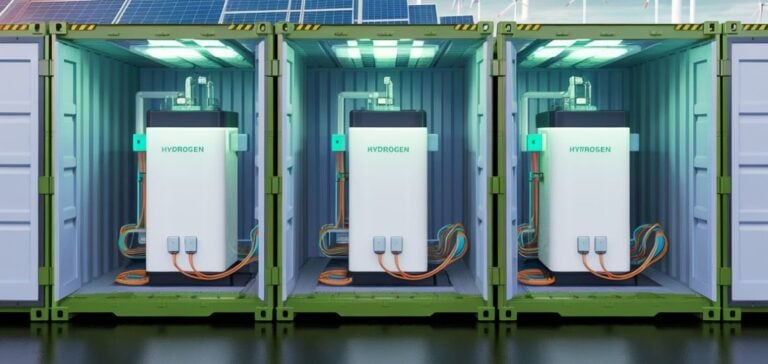Ecolectro, a company specializing in green hydrogen technologies, has raised $10.5 million in a Series A funding round, bringing its total funding to $27.7 million. The funding was led by Toyota Ventures, with participation from Starshot Capital, DNX Ventures, Banco Popular Impact Fund, and other investors. These funds will be used to develop and scale their Anion Exchange Membrane (AEM) electrolyzers.
Unlike traditional electrolysis systems such as Proton Exchange Membranes (PEM), Ecolectro’s AEM technology stands out by using readily available and recyclable materials, avoiding rare metals like iridium and harmful chemicals such as PFAS. These membranes achieve over 70% efficiency, consuming less than 47.5 kWh per kilogram of hydrogen produced, outperforming existing PEM and alkaline systems.
A model designed for simplified integration
Ecolectro’s electrolyzers are designed to produce green hydrogen directly on-site, reducing costs associated with transportation and storage. Their modular design allows customers to gradually scale their systems based on their energy needs. This flexible approach also facilitates access to federal and state green hydrogen tax credits.
Ecolectro has already launched a pilot project with Liberty New York Gas in New York State. A 10 kW electrolyzer was deployed to produce hydrogen blended with natural gas for commercial heating. This initiative reduced CO2 emissions by 5.5 kg per kilogram of hydrogen produced, while keeping costs below $2.50 per kilogram, exceeding the U.S. Department of Energy’s 2030 targets.
Industrialization prospects
With this funding, Ecolectro plans to develop electrolyzers ranging from 250 to 500 kW and 1 to 5 MW, with prototypes set to begin testing next year. These systems target hard-to-decarbonize sectors such as chemicals, aviation, and steel. The goal is to reduce hydrogen production costs to less than $1.35 per kilogram by 2030, with commercial availability starting in 2025.
“AEM electrolyzers pave the way for widespread adoption of green hydrogen, breaking economic and technological barriers that previously hindered its development,” said Lisa Coca, partner at Toyota Ventures and member of Ecolectro’s board.






















